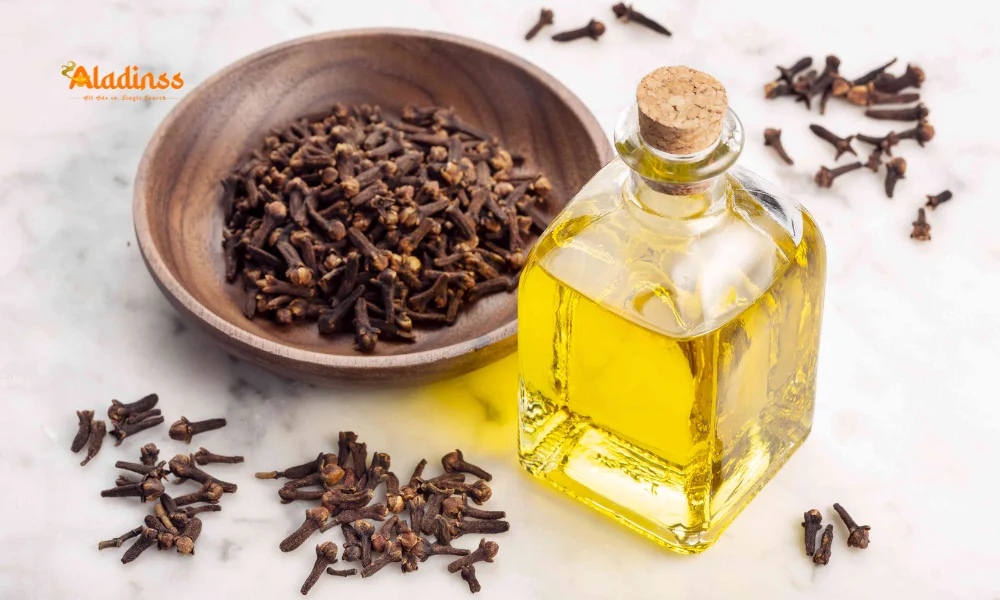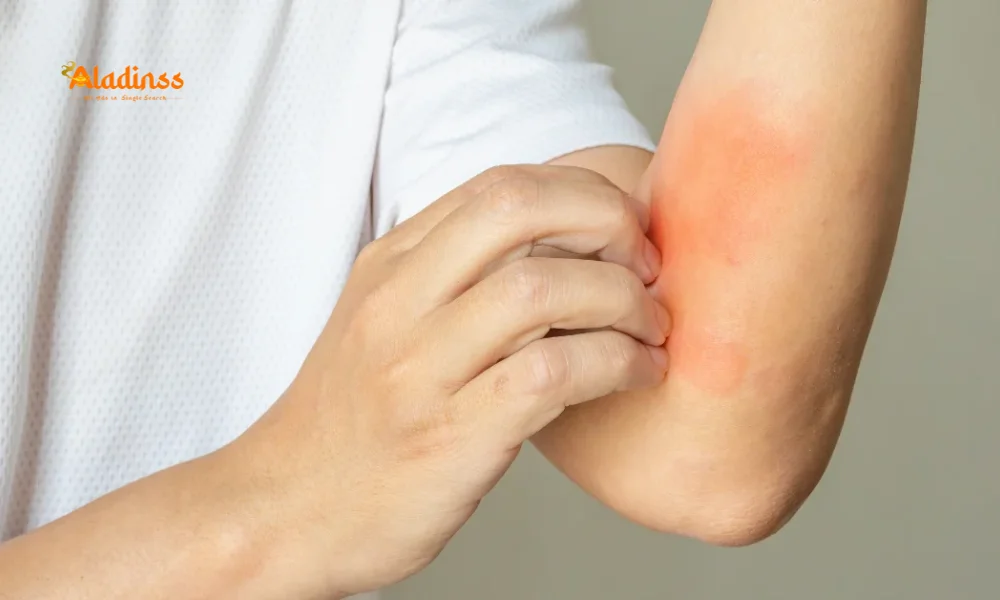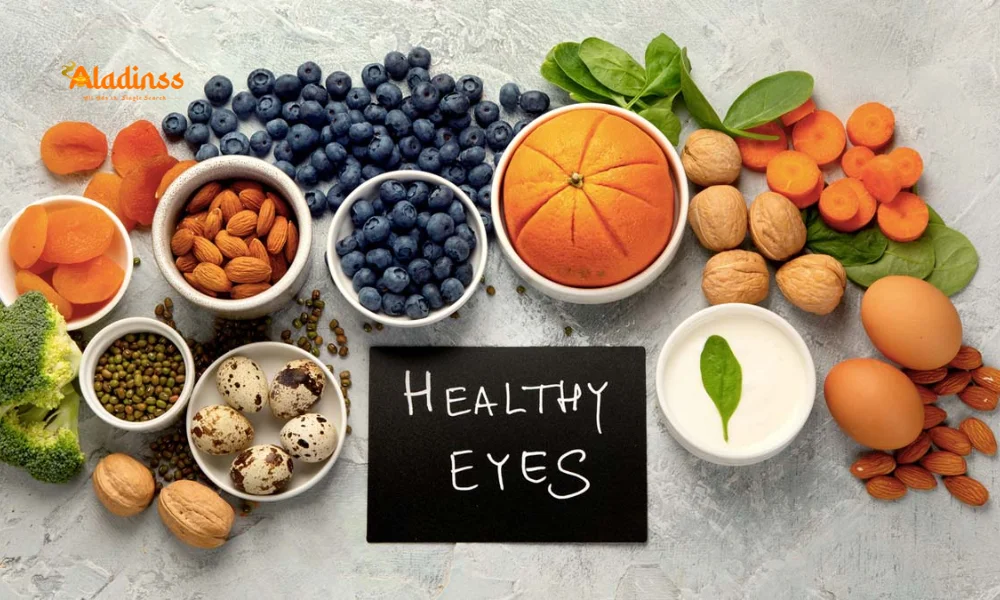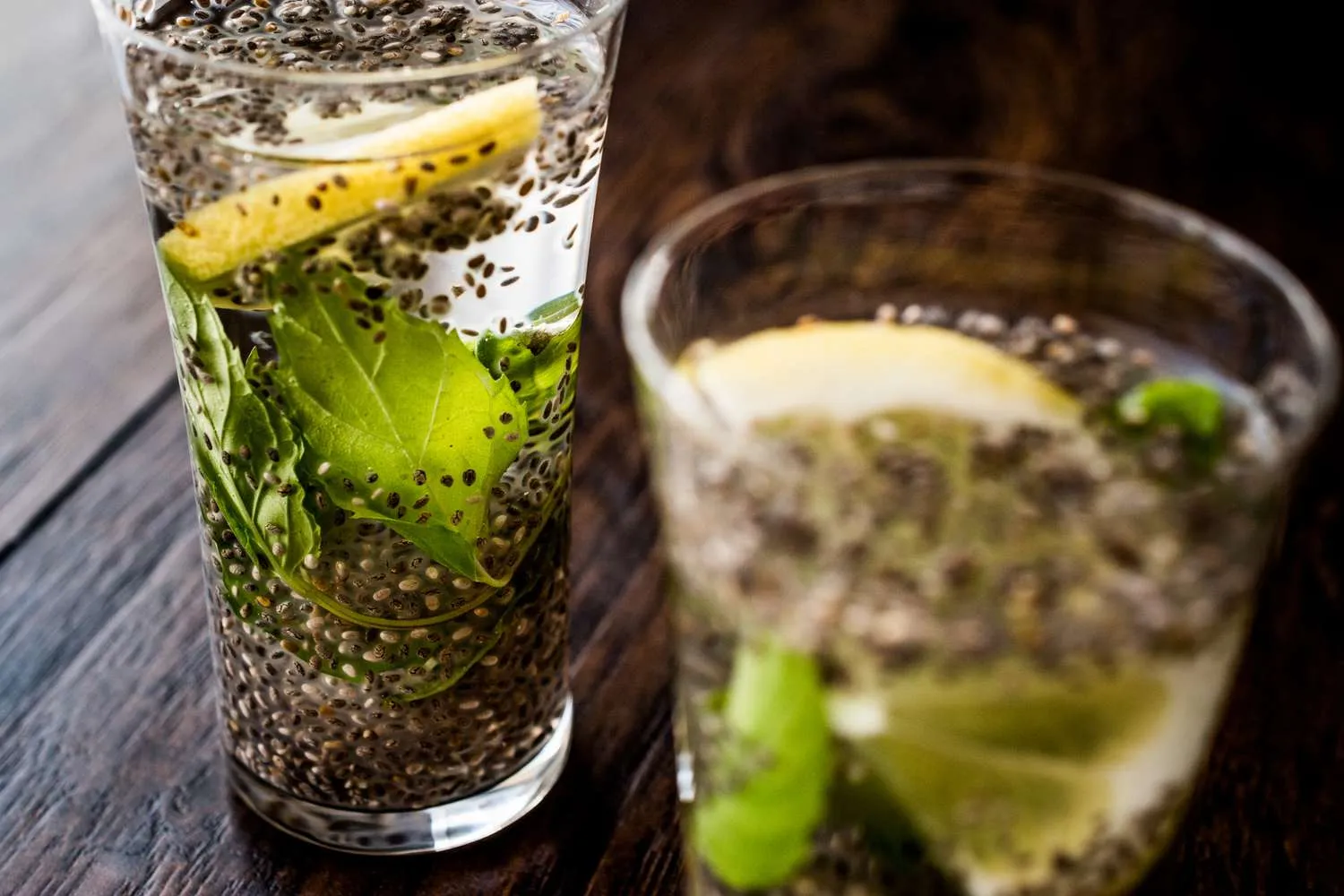Plastics' Hidden Threat to Heart Health
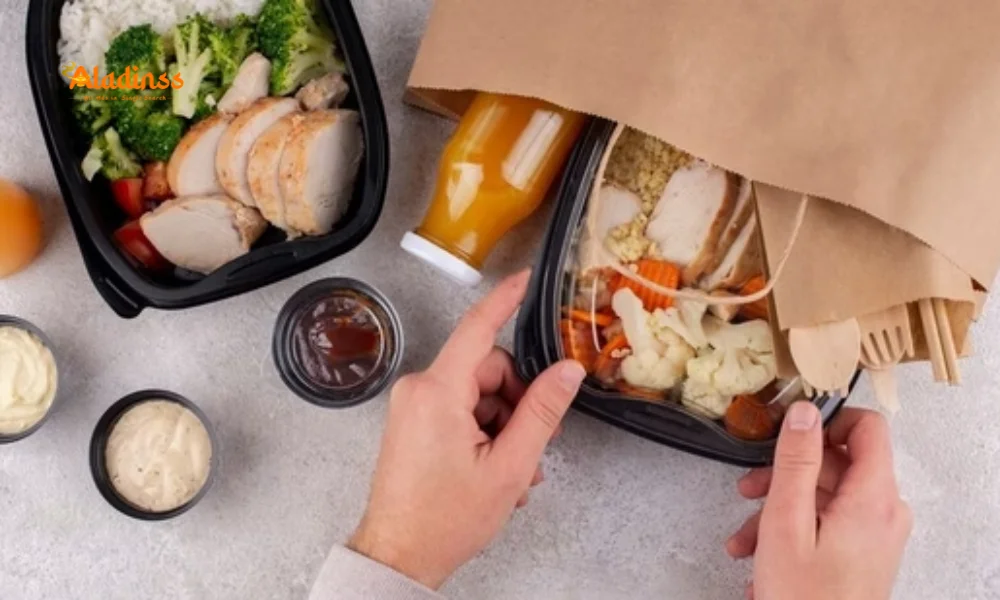
Hidden Dangers: How Plastics Harm Heart Health in Daily Life
Everyday plastics in kitchens and homes offer unmatched convenience, but emerging research reveals how plastics harm heart health through insidious chemical leaching. Microplastics and phthalates like DEHP infiltrate food, water, and even medical devices, triggering inflammation, blood clots, and elevated risks of heart attacks and strokes. As microplastics heart disease links gain traction in journals like The Lancet, experts urge rethinking plastic use to safeguard cardiovascular wellness. With global estimates tying these toxins to hundreds of thousands of annual deaths, prioritizing safer alternatives is essential for long-term heart protection.
While complete avoidance feels daunting, simple swaps can mitigate exposure. Cardiologists highlight that heat accelerates chemical release, making microwave plastics a prime culprit. By understanding these plastics and heart risks, individuals can adopt heart-healthy habits that extend beyond the kitchen, fostering a lifestyle resilient against environmental threats to cardiac function.
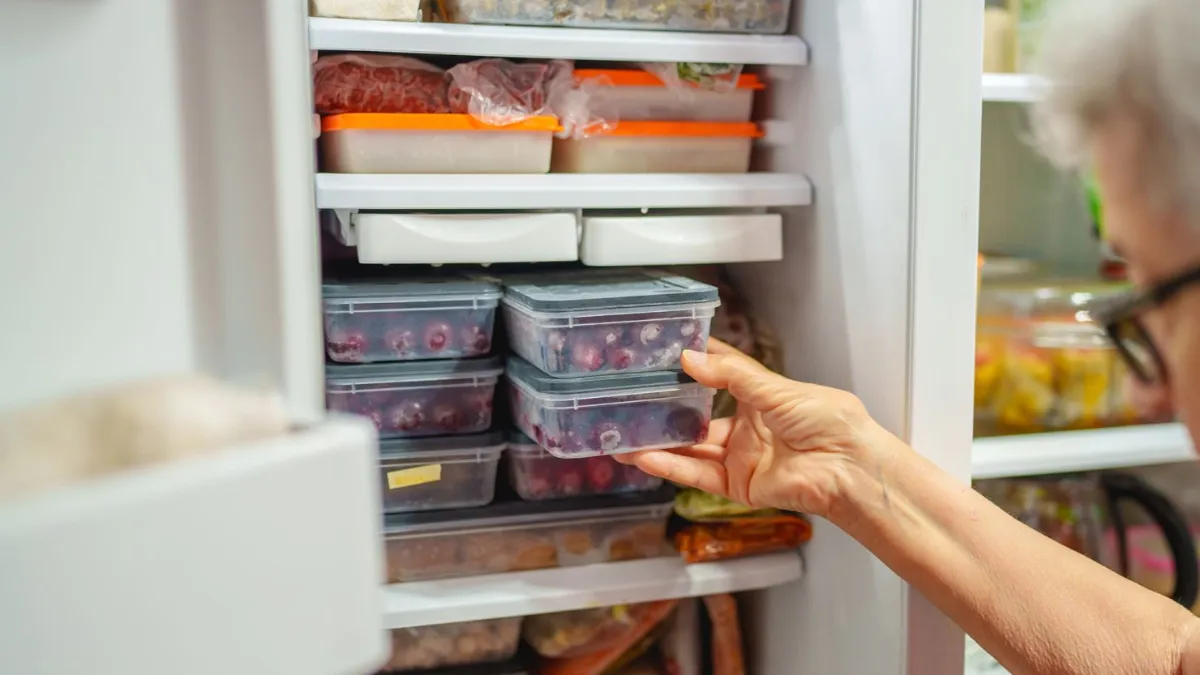
The Science Behind Microplastics and Cardiovascular Risks
Microplastics-tiny fragments under 5mm-and nanoplastics permeate our environment, entering the body via ingestion, inhalation, or absorption. Once inside, they provoke endothelial dysfunction, where blood vessel linings inflame, paving the way for atherosclerosis. Studies in the New England Journal of Medicine link microplastics in arterial plaques to a 4.5-fold increase in adverse events like myocardial infarction or stroke. Phthalates, plastic softeners including DEHP, disrupt hormones and lipid metabolism, exacerbating cholesterol buildup and hypertension.
Globally, phthalate exposure correlates with substantial mortality; in 2018 alone, DEHP contributed to over 356,000 cardiovascular deaths among those aged 55-64, per The Lancet analysis. This underscores the urgency of addressing phthalates heart disease connections. Particles from degraded bottles or wraps accumulate in organs, including the heart, where they may directly impair myocardial function or indirectly fuel systemic inflammation.
Expert Insights: Cardiologist Warnings on Plastic Exposure
Dr. Nagesh Mathur, a seasoned cardiologist at Manipal Hospital in Malleswaram, Bengaluru, warns that microplastic particles infiltrate via contaminated meals or beverages, sparking vascular inflammation and clot formation. "This cascade heightens heart attack and stroke probabilities, especially in vulnerable populations," he notes. Low-risk scenarios, like storing room-temperature water or dry goods in plastics, pose minimal threats, but escalation occurs with thermal stress.
Heating plastics unleashes volatile compounds into food, amplifying absorption. Dr. Mathur advises zero tolerance for microwaving in plastic, aligning with broader phthalates health risks discourse. He advocates awareness campaigns to curb casual use, emphasizing that while plastics permeate society, mindful choices can avert cumulative damage to cardiac tissues.
Also Read: Top Foods for Better Eye Health in 2025
- Avoid thermal contact: No direct heat on plastic surfaces.
- Monitor intake: Limit processed foods wrapped in plastic.
- Seek certifications: Opt for DEHP-free labels on essentials.
Practical Steps to Minimize Plastics Heart Disease Exposure
Transitioning from plastic dependency starts with informed substitutions. Glass or stainless steel containers excel for storage, inert to heat and chemicals, reducing microplastics cardiovascular risk. BPA-free designations help, but deeper scrutiny for phthalates ensures comprehensive protection. Biodegradable wraps from plant-based materials offer eco-friendly alternatives, degrading harmlessly without legacy toxins.
Incorporate these into routines: Transfer groceries from plastic bags to cloth totes immediately, and invest in silicone mats for baking over foil. For on-the-go hydration, reusable metal bottles sidestep single-use perils. These shifts not only shield personal heart health but contribute to planetary cleanup, as less plastic waste means fewer microplastics entering food chains.
Do's and Don'ts for Safer Kitchen Practices
Navigating daily habits requires clear guidelines to evade hidden dangers. Prioritize durable, non-reactive materials for longevity and safety, fostering a kitchen ecosystem that supports cardiovascular wellness amid modern conveniences.
- Opt for glass/stainless steel: Ideal for food and water storage.
- Select biodegradable options: For packaging that breaks down safely.
- Verify chemical-free: Choose DEHP/BPA-absent products routinely.
Conversely, steer clear of practices that amplify leaching. Microwaving plastics, even labeled safe, risks volatile release; opt for ceramic instead. Hot, oily, or acidic items corrode barriers, inviting contaminants-use stoneware for curries. Sun exposure degrades polymers, so store shaded. Single-use items invite repeated exposure; recycle rigorously but prefer reusables.
- Skip microwave plastics: Heat transfers chemicals swiftly.
- Avoid hot/oily/acidic in plastic: Promotes breakdown and absorption.
- No sunlit storage: Accelerates particle shedding.
- Ditch single-use reuse: Harbors bacteria and residues.
Broader Implications: Environmental and Global Health Ties
Plastics' cardiac toll extends beyond individuals, straining healthcare systems worldwide. With microplastics detected in 80% of human blood samples, ubiquitous pollution demands policy shifts toward sustainable manufacturing. Initiatives banning phthalates in consumer goods, like Europe's REACH framework, model progress, potentially slashing future phthalates heart disease incidences.
Community education amplifies impact; schools and workplaces can host workshops on toxin-free living, empowering collective action. As of 2025, innovations like edible packaging emerge, blending convenience with safety. By aligning personal choices with advocacy, we mitigate plastics harm heart threats, nurturing healthier hearts and habitats.
Future Outlook: Innovations and Awareness for Heart Protection
Looking ahead, research accelerates on microplastics cardiovascular risk mitigation, with trials exploring chelation therapies to expel particles. Dr. Mathur envisions a future where biodegradable dominance curtails exposure, urging immediate steps like policy petitions. Heightened awareness, fueled by media and medical alerts, positions consumers as change agents.
Ultimately, while plastics revolutionized convenience, their shadow on heart health demands vigilance. Embracing alternatives fortifies not just vessels but vitality, ensuring daily ease doesn't eclipse enduring wellness. Commit today-your heart will thank you tomorrow.
Comment / Reply From
No comments yet. Be the first to comment!

